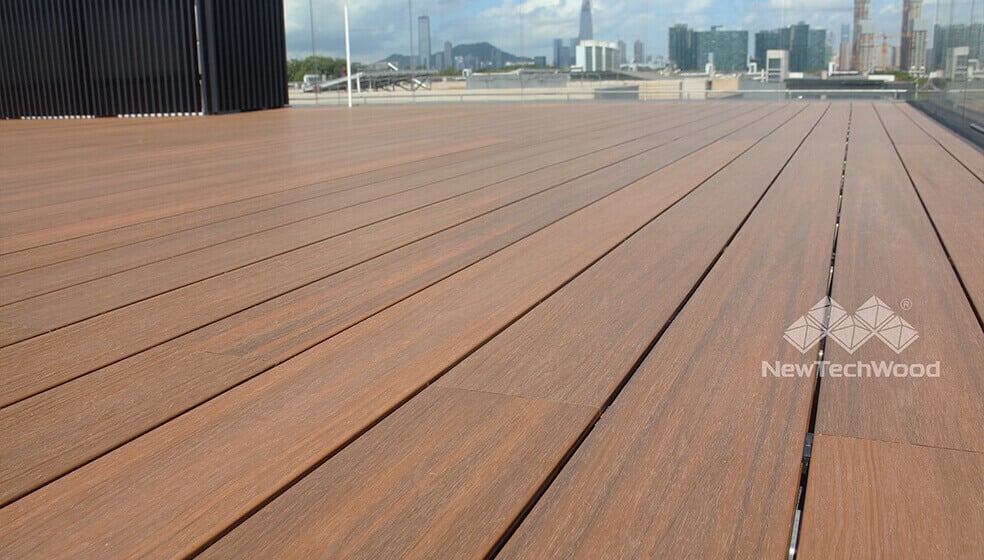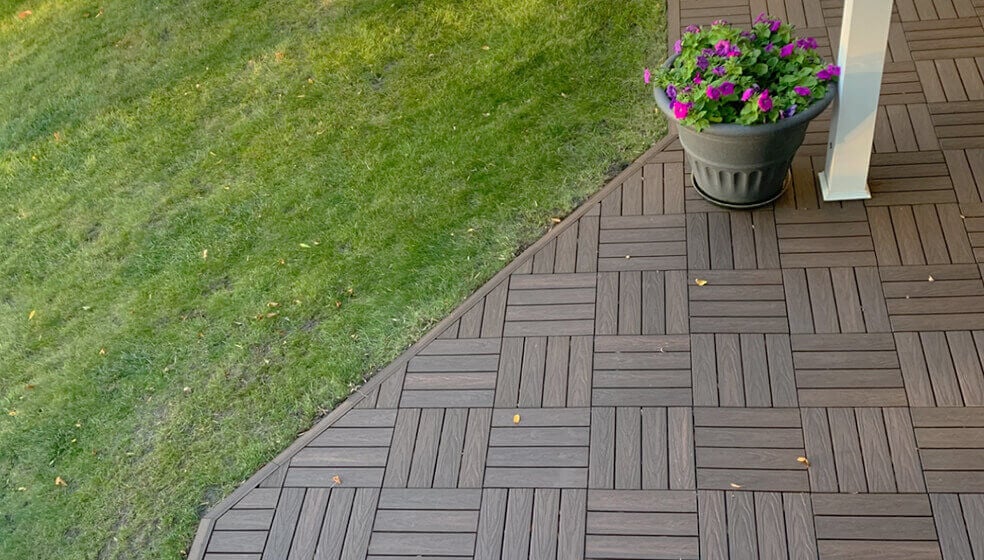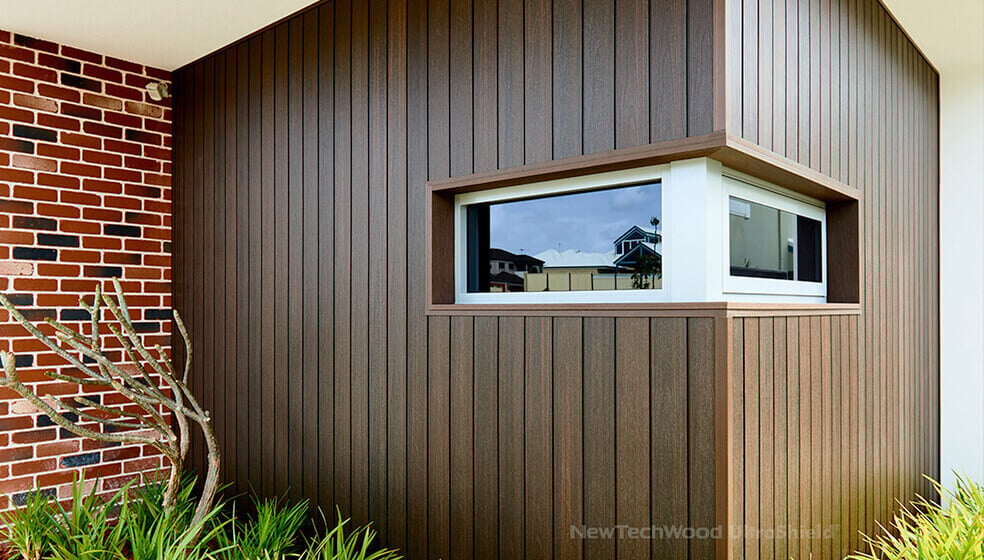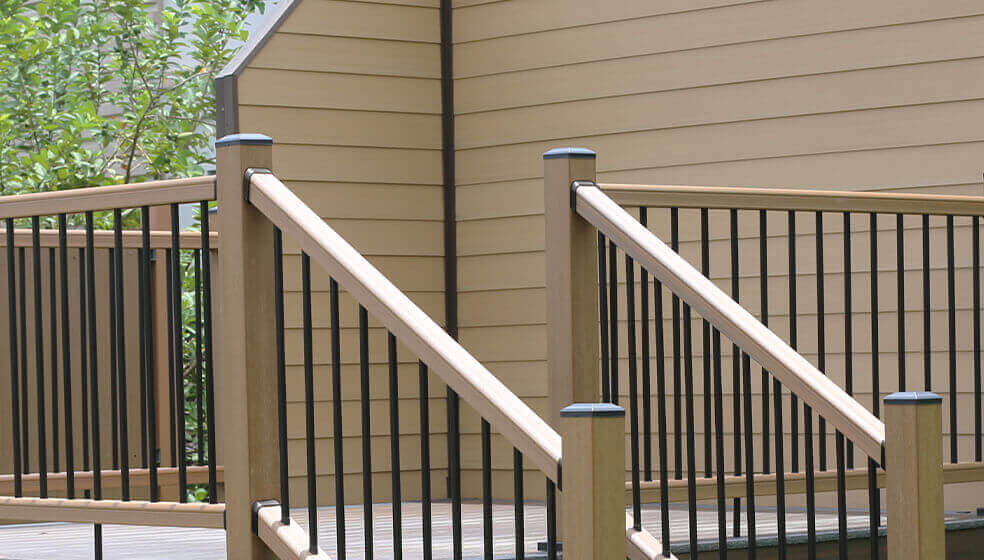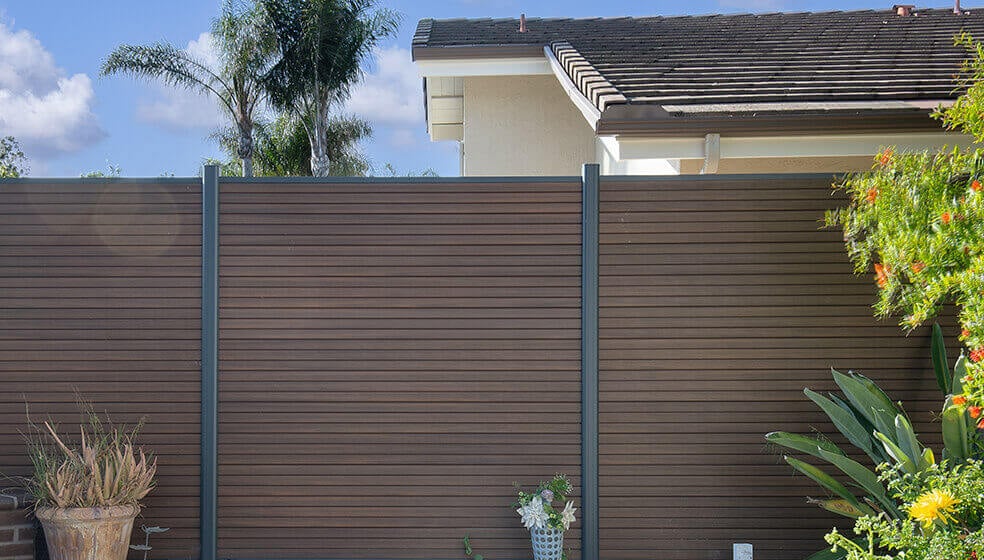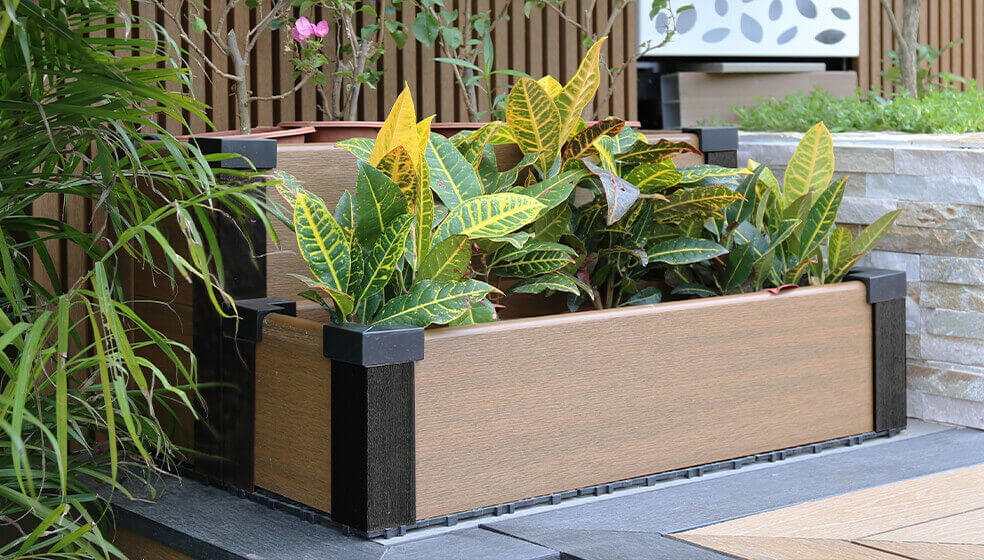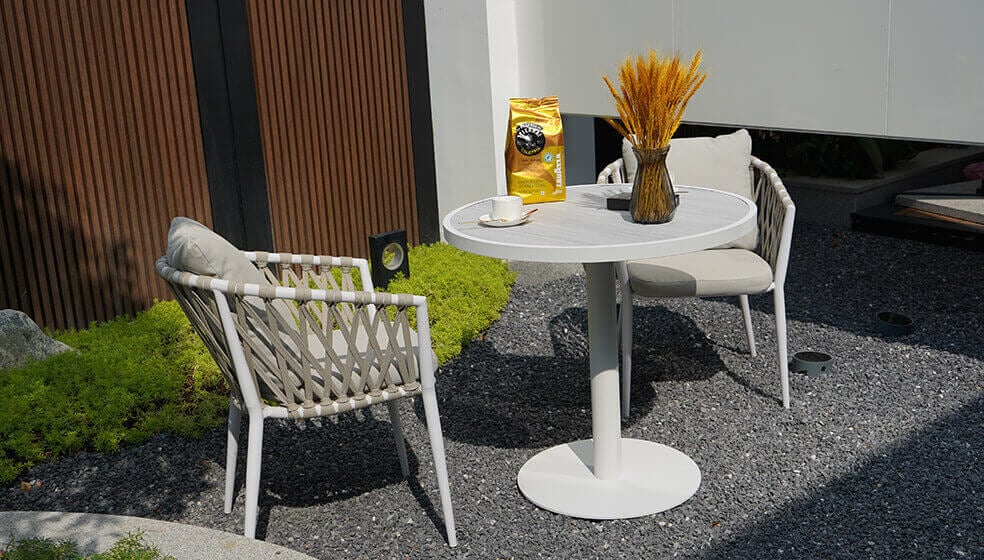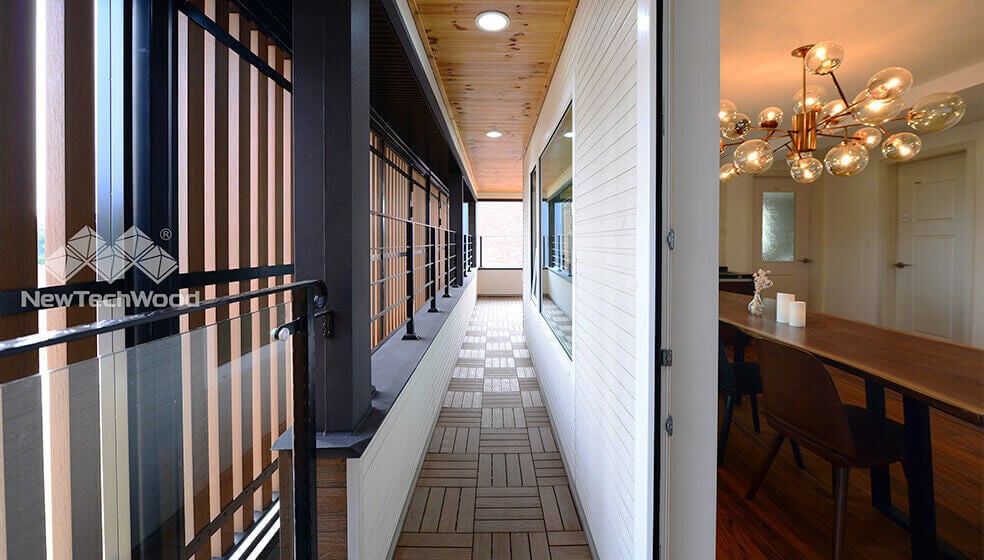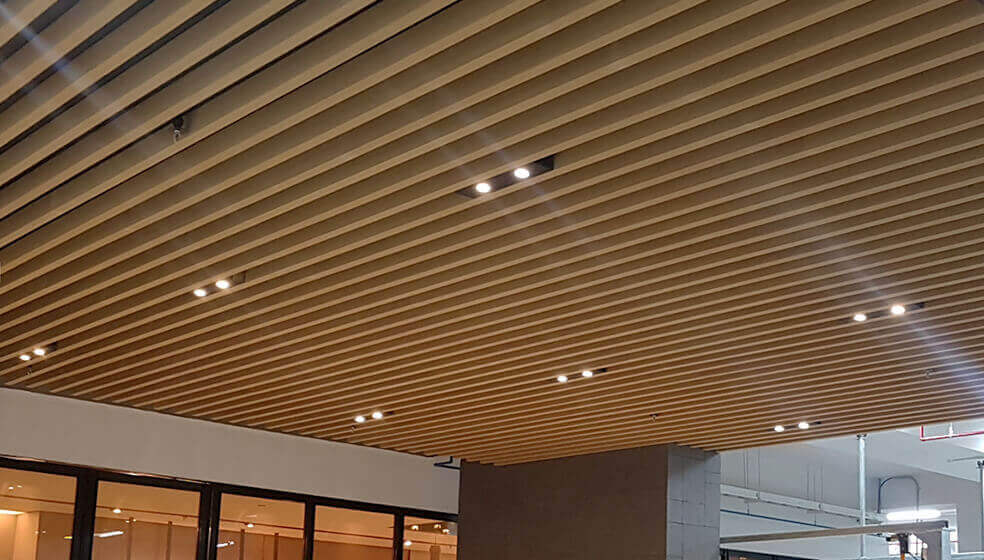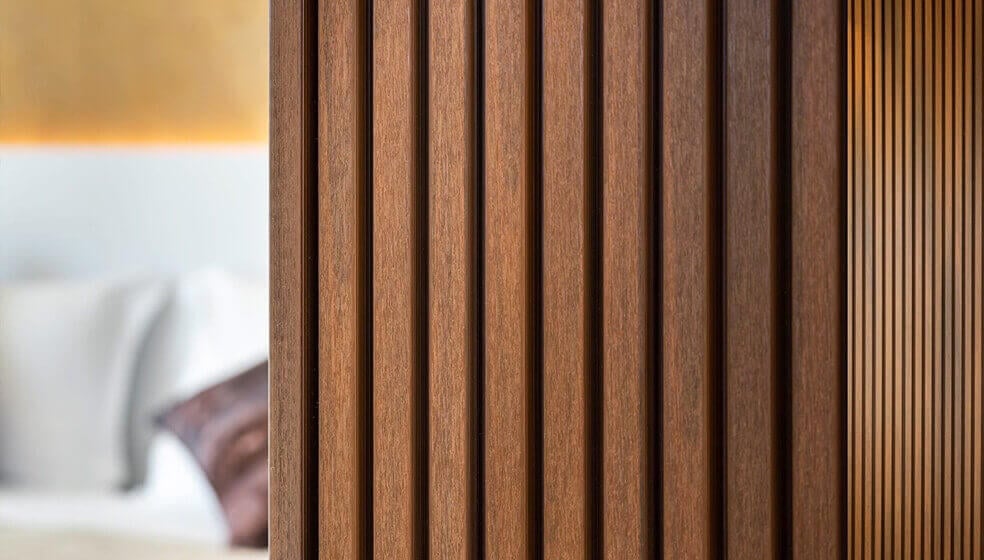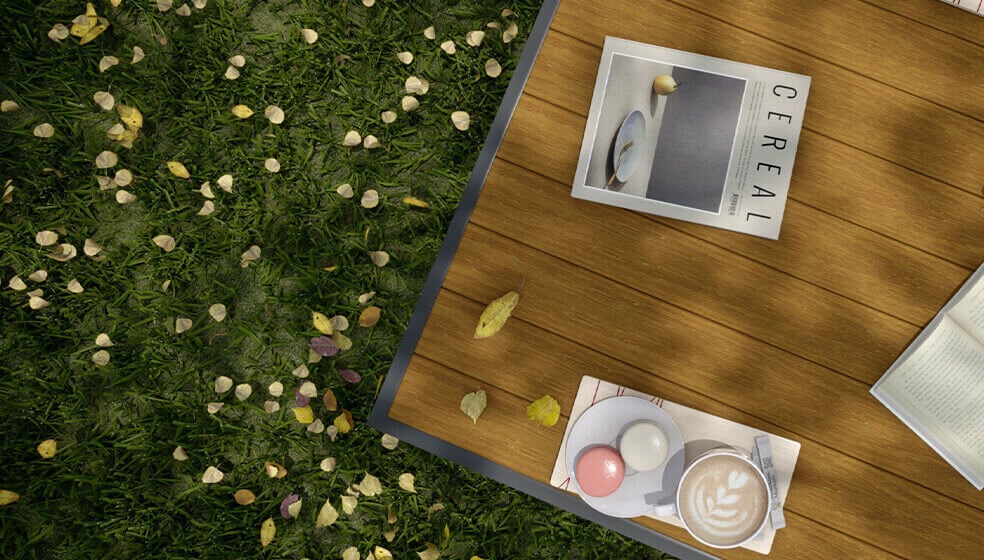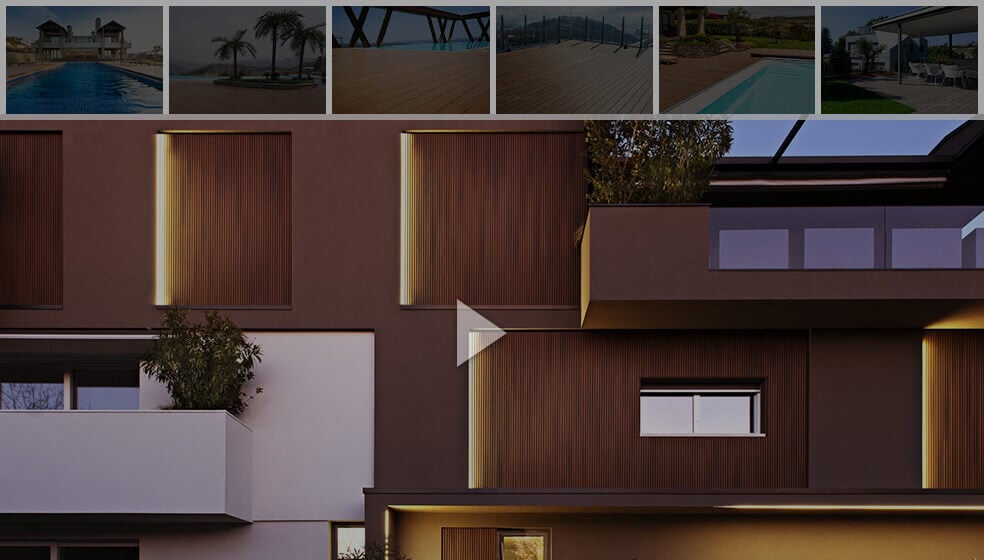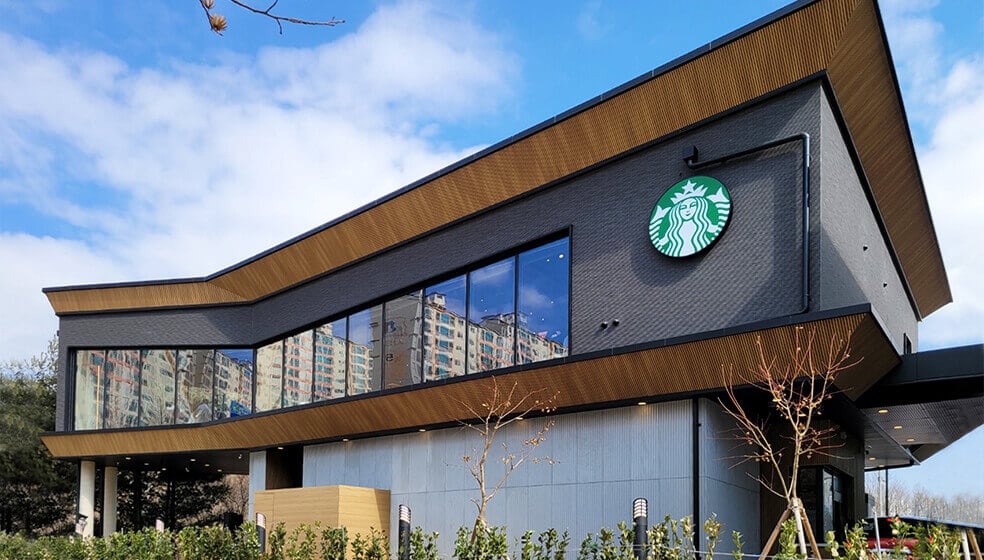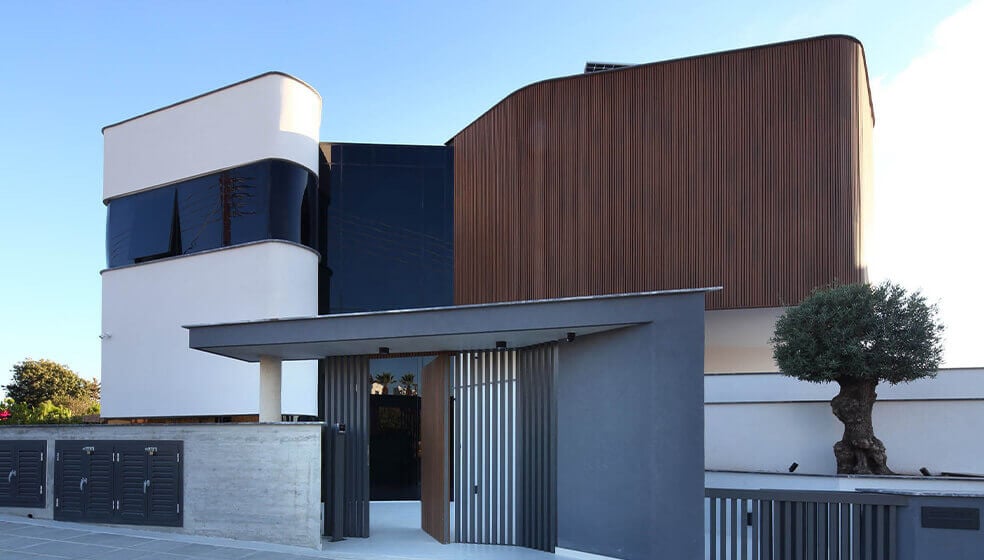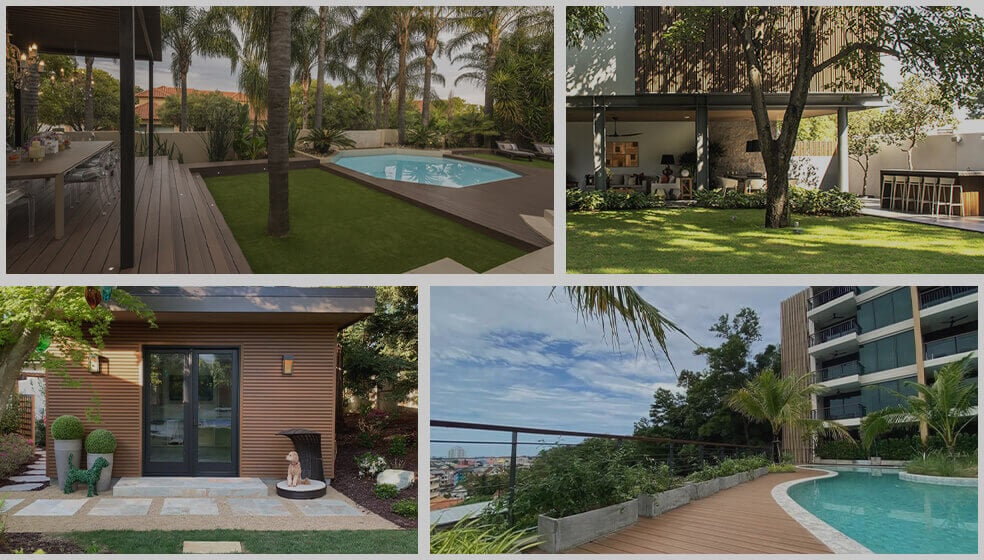When building a deck, one of the many things to keep in mind is making allowances for the expansion and contraction of the decking material.
This is no surprise when it comes to wood. Wood fibers were made to carry water, bulging when laden with moisture and shrinking as they dry. Thus, wood decking planks contract as they dry, not as much lengthwise as side-to-side, and expand in moist or humid conditions (though never quite to the original dimensions of “fresh” lumber).
Veteran wooden deck builders might install parallel boards with no gaps in dry climates, knowing they’re destined to contract, or use a 16-penny nail or No. 2 pencil as a spacer in areas that get more rain to allow for expansion.
Composite decking is a bit different. Does composite decking expand and contract? Yes, but not as much as or in the direction of wood.
Mind the Gap
Knowing that composite boards expand and contract is important. Accounting for such movements makes for easier installation, better aesthetics and safer decks.
How much does composite decking expand and contract? The answer to that question depends on the climate in which it is installed.
Usually, the hotter the temperature, the greater the expansion and pliability of the boards. That’s why composite decks are best installed in the morning when cutting and fastening are easier.
The space between parallel boards, or side-to-side spacing, is rarely a concern. A slight gap is desirable for drainage, which will keep the deck cleaner, safer and less liable to develop moisture-related structural issues. That can be easily accomplished in an aesthetically pleasing manner by using hidden clips specifically designed to fasten your composite product, which will provide automatic and consistent spacing.
Think Tall, Not Wide
Composite decking is far more likely to expand in length rather than width, making end-to-end spacing much more critical.
Any reputable manufacturer should have installation recommendations, and those should be based on the temperature at the time of installation. Generally speaking, the colder the temperature when installed, the larger the end-to-end spacing. However, the differences are subtle — a gap about 1/4 inch when installing in temperatures 35 F or lower and around 1/32 inch at 110 F or higher.
More to Keep in Mind
Here are a few other things to consider that should help mitigate any potential issues arising from the expansion and contraction of composite decking:
- Boards that haven’t been installed should be kept out of the direct sun.
- Dark colors will undergo larger temperature swings upon installation (which is why a lot of designers recommend darker boards as accents, such as edge boards and fascia).
- When installing boards perpendicular to a wall, a half-inch gap at installation will avoid bowing in extreme heat.
- Leave at least 1/4 inch between a wall and a parallel deck board.
You’re Going to Love Your Composite Deck
Installed correctly, you’ll likely never think about the gaps between your composite deck boards. You won’t think about warping, cracking, rotting or your kids picking up a splinter. When it comes to NewTechWood’s composite decking, you sure won’t have to think about staining or painting — not with six standard shades of UltraShield® decking products at the ready and custom colors available by special order.
The quickest way to a perfect outdoor space is by consulting with NewTechWood. Contact us or fill out our online form today.



